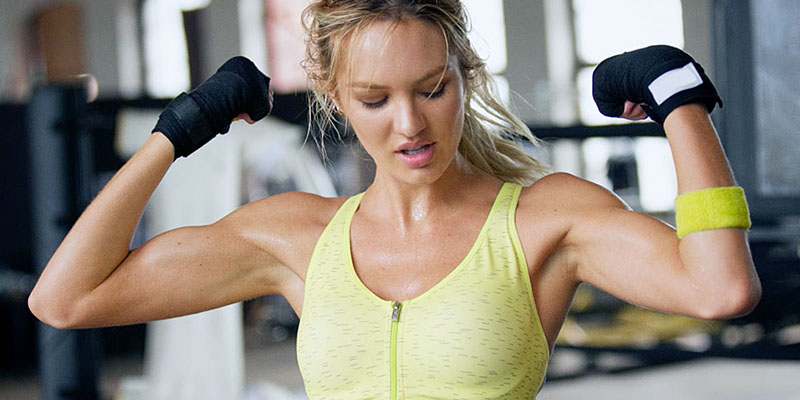The shoulders are among the strongest part of the body but it also has among the highest risk of injury. This is partly because of the loads that it carries in most strength, cardio and flexibility training exercises. Indeed, even a single misstep involving the shoulders can result in its injury, whether it’s a strain or sprain, perhaps even a fracture.
With these things in mind, here are a few thoughts about shoulder training that you may want to know. Of course, you have to discuss these thoughts with your personal trainer at Gold’s Gym since every individual should ideally have a customized shoulder training program.
#1 On Rotator Cuff Control
Keep in mind that sufficient rotator cuff control demands adequate strength, as well as proper timing and positions. You must then develop your rotator cuff in a way that enhances its strength and awareness, especially in the positions that truly matters in shoulder training.
In many cases, the shoulder problem involves pain in extreme positions. These include the overhead position during a press, the bar-on-your back position during a squat, and the lay-back position in throwing. But when you come to think about it, most of the cuff strength tests are performed when your arms are at your sides or when these are at a 90-degree angle of elevation.
The bottom line: Many athletes can test well in positions of non-importance but not in postures that matter. Ask your personal trainer about it so that appropriate measures can be made in your case.
#2 Adopt Medicine Ball Scoop Tosses for Injured Shoulders
Many people use shot-puts as part of their injury recovery program from cranky shoulders. But this may not be the best idea since shot-puts can be more stressful to the shoulder joint, especially during the early phase of the rehab process. You may adopt shot-puts at a later phase, if it’s necessary.
Instead, you may want to consider scoop tosses using a medicine ball. The scoop tosses demand significantly less horizontal adduction and internal rotation in the shoulders, thus, the recommendation. Plus, there’s also the fact that the distraction forces exerted on the joint are also significantly lower.
These thoughts can be applied to most athletes but, as you will notice, baseball players will probably benefit the most from them. Just remember that when it comes to injury prevention and rehabilitation, you have to listen to your body’s signals and rest, when needed. This is true whether you’re talking about shoulders or knees.
